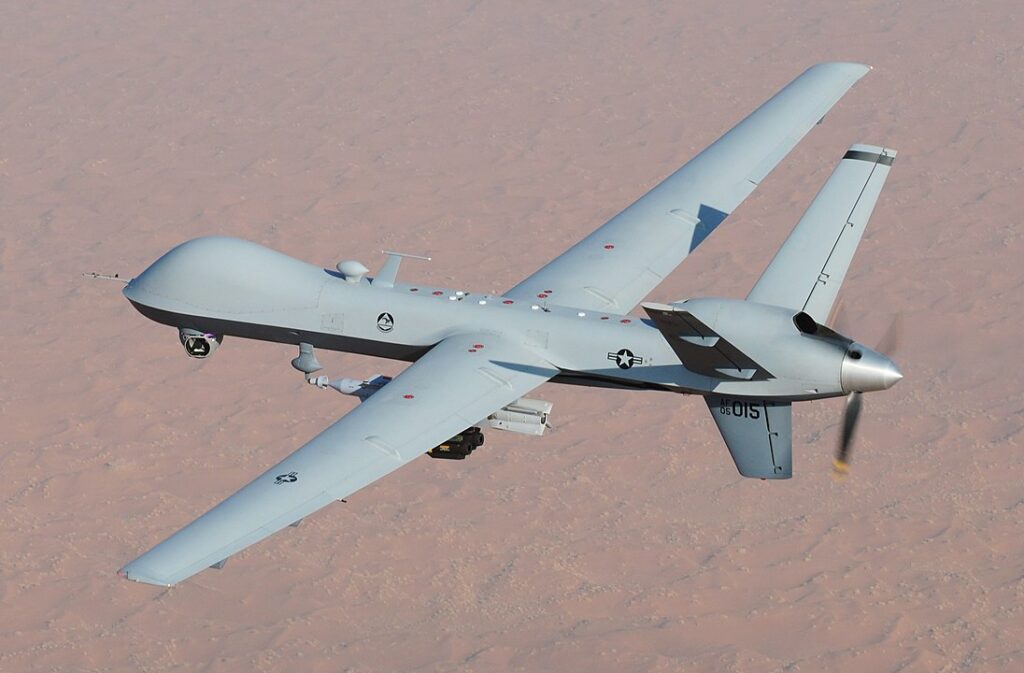Connection Lost: An MQ-9 Reaper Cuts Loose Over Poland
The Polish Armed Forces General Command released a statement in the late evening of 18 March reporting that an MQ9 Reaper belonging to the US Air Force 52nd Expeditionary Operational Group, part of the 52nd Fighter Wing, lost connection with the control team and conducted a forced landing. The situation reportedly occurred over an urban area but the landing was conducted in an ‘uninhabited area’.
The US Air Force and Army are stationed in Poland on a rotation basis, with units spread across the country. Its units conduct various trainings and exercises, including tactical drills and maintaining combat readiness during their stay. The MQ9 flight was one of such routine exercise. The drone was participating in a quarterly drill, flying from Romania to Poland. At 6:00pm local time, the US Air Force lost connection with the UAV somewhere over Polish territory. Safety procedures were immediately put into action, with local police and emergency services being put on high alert.
The Chief Inspector of the Polish Air Forces stated that the drone managed to land in a designated area at 11:00pm, causing no harm to people. The UAV, however, was damaged on impact. Search teams managed to find the aircraft a couple of minutes after it landed in West Pomerania, in the vicinity of the US Air Force base in Miroslawiec. The US Air Force said in a statement that “the scene of the incident is secure, and an investigation of the incident is in progress.”
Polish Internet immediately exploded into speculation over the possible involvement of the Russian radio-electronic warfare assets present in the Kaliningrad Oblast. Various theories regarding the type of systems were circulated, while more official sources remained skeptical about the likelihood of Russian involvement. While an increase in Russian jamming activities has recently been reported the Polish Air Force Inspector, Major General Ireneusz Nowak, however, told press that the MQ-9 was cruising on a pre-planned route, reducing the potentiality of interference in the UAV operations. The cause of the apparent malfunction is being investigated.

